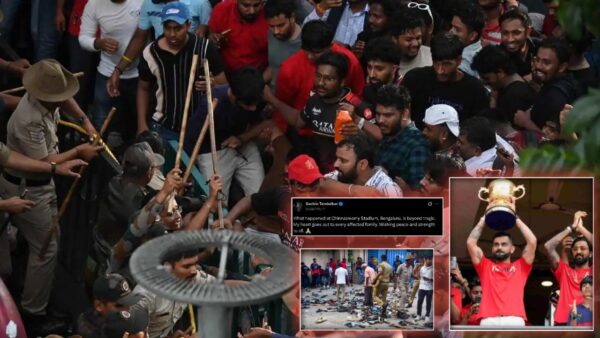Bahrain GP 2022: Find out the Number of Laps, Expected Strategy, Weather Forecast, and DRS Zones
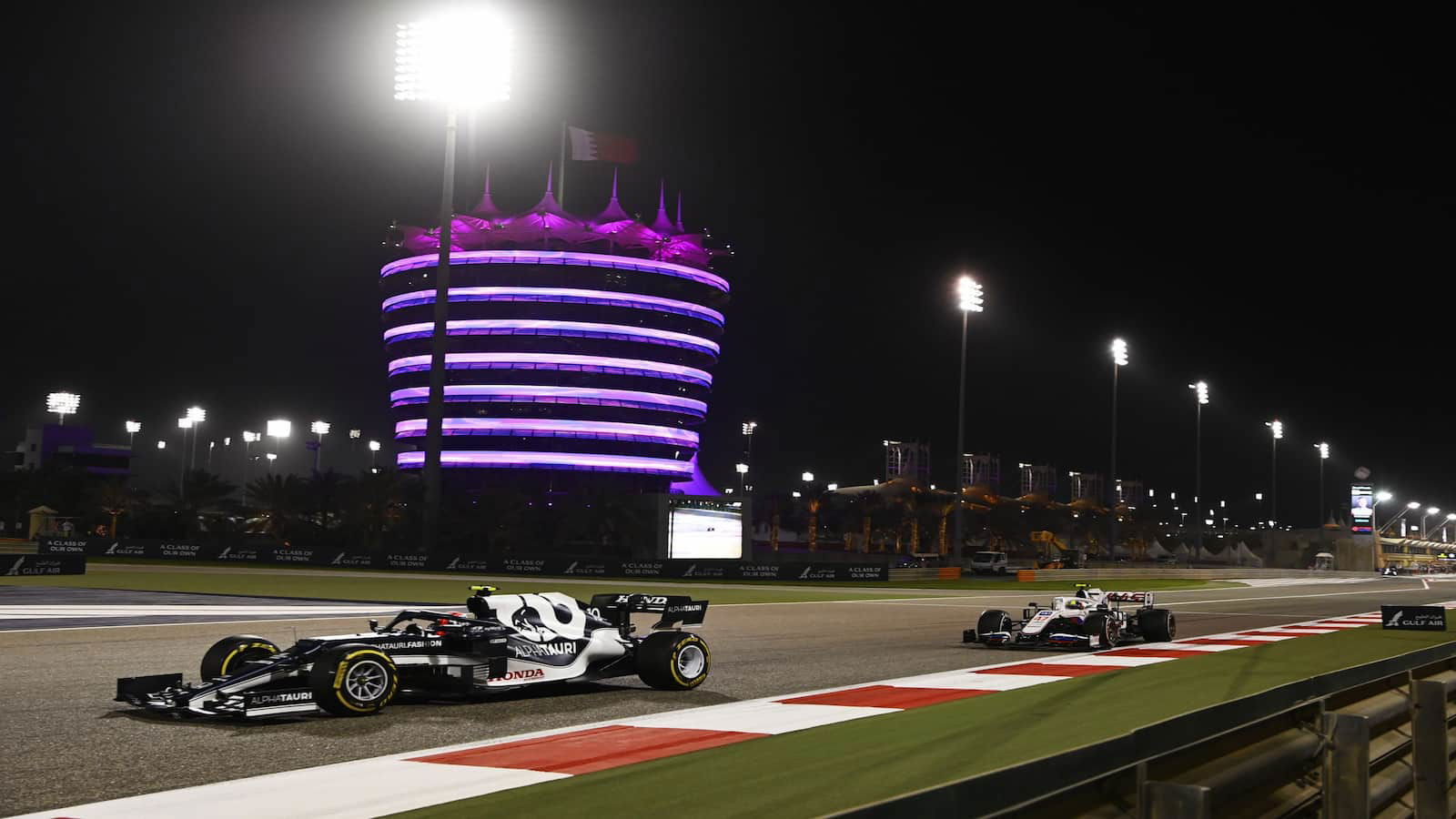
Bahrain GP
The 2022 season of F1 is about to begin after a month of car launches, followed by two rounds of pre-season testing in Barcelona and Bahrain. And as the teams arrived in Bahrain, they had one target in sight: The Bahrain GP. Teams tried different strategies and collected plenty of data for the race, hoping to improve as much as they can in the week of preparation time.
Bahrain GP will also reveal which team has what it takes to win the championship this season. So far, as agreed upon by many, Ferrari seems to be the most impressive, as the team didn’t underplay themselves. While Mercedes has been accused of sandbagging, an old tactic of theirs, to catch their opponents slacking and off the foot.
The Bahrain International Circuit, which has also hosted Sakhir GP in 2020 on its outer configuration, is 5.412 km long. The Bahrain GP will be 57 laps long, bringing the total length of the lap to 308.238 km. The track has had Lewis Hamilton as the most successful driver, the Briton having it won a total of five times.
Weather Forecast
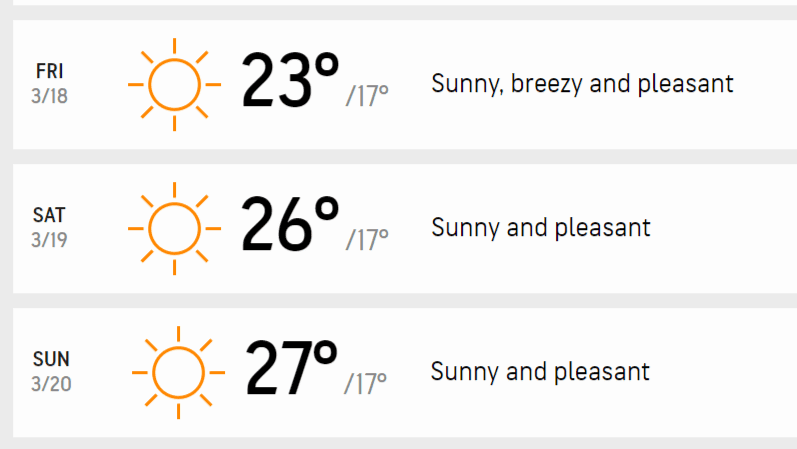
The weather of a race is a crucial element of a team’s strategy. The management of the tires depends highly on the weather, which affects the track conditions. Having a look at the weather of the weekend, we observe the day temperatures ranging from 23°C to 27° C. Day temperatures are important for the practice sessions.
As for the evening, when the qualifying and race start after the sunset, temperatures can drop and shift regularly on the track. The teams will need to be cautious of the 7° to 10° of temperature drop.
Expected Strategy
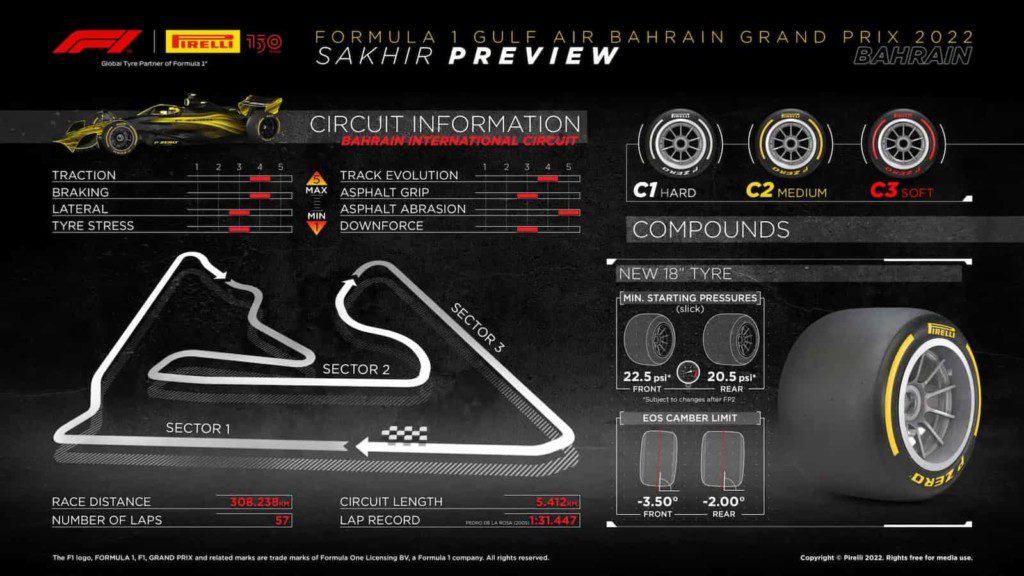
For the 2022 season, the F1 tire supplier, Pirelli, has introduced 18-inch tires in comparison to the 13-inch tires of the 2021 season. Both the tires, as claimed are different in all terms. Due to the race being held in the evening, the temperature on the track may see a shift even during the race.
The performance of the new tires remains to be seen in wheel-to-wheel action. Pirelli is bringing their hardest set of compounds, split into 3- C1 hard, C2 medium, and C3 soft tires. We may see a strategy similar to that of last year’s, with the teams starting with their used medium tires from the testing. The teams are likely to opt for a two-stop strategy if opening with medium tires.
Mario Isola, the Motorsport director, as quoted by F1 Chronicle, said, “We’ve opted for the hardest tyres in the range for this first grand prix given the track layout, asphalt characteristics and temperatures: also because the compounds are different compared to previous years.”
DRS Zones
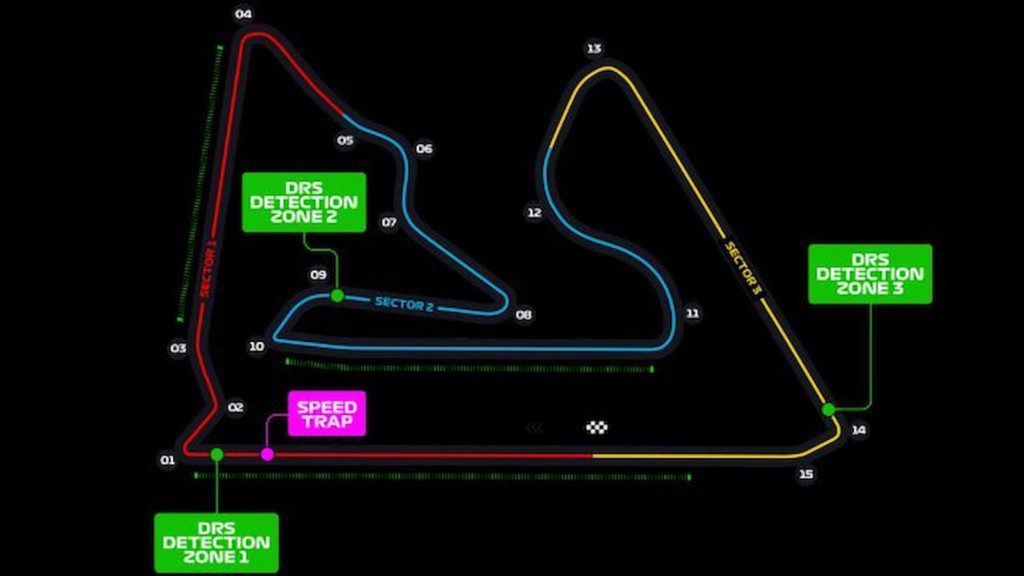
The Bahrain GP will feature three DRS zones. These zones help the trailing car with a speed advantage over its prey down a straight. DRS zones have a detector, meters before the zone starts, determining if the driver is eligible for the use or not.
Bahrain GP’s three zones lie between the start/finish straight, between turns three and four, and the third between turns 10 and 11. Hence, the first overtaking opportunity of the race will arise at turn 4 apart from the sharp right at turn 1.
ALSO READ: Bahrain GP: Three key driver battles to look out for in the season opener






